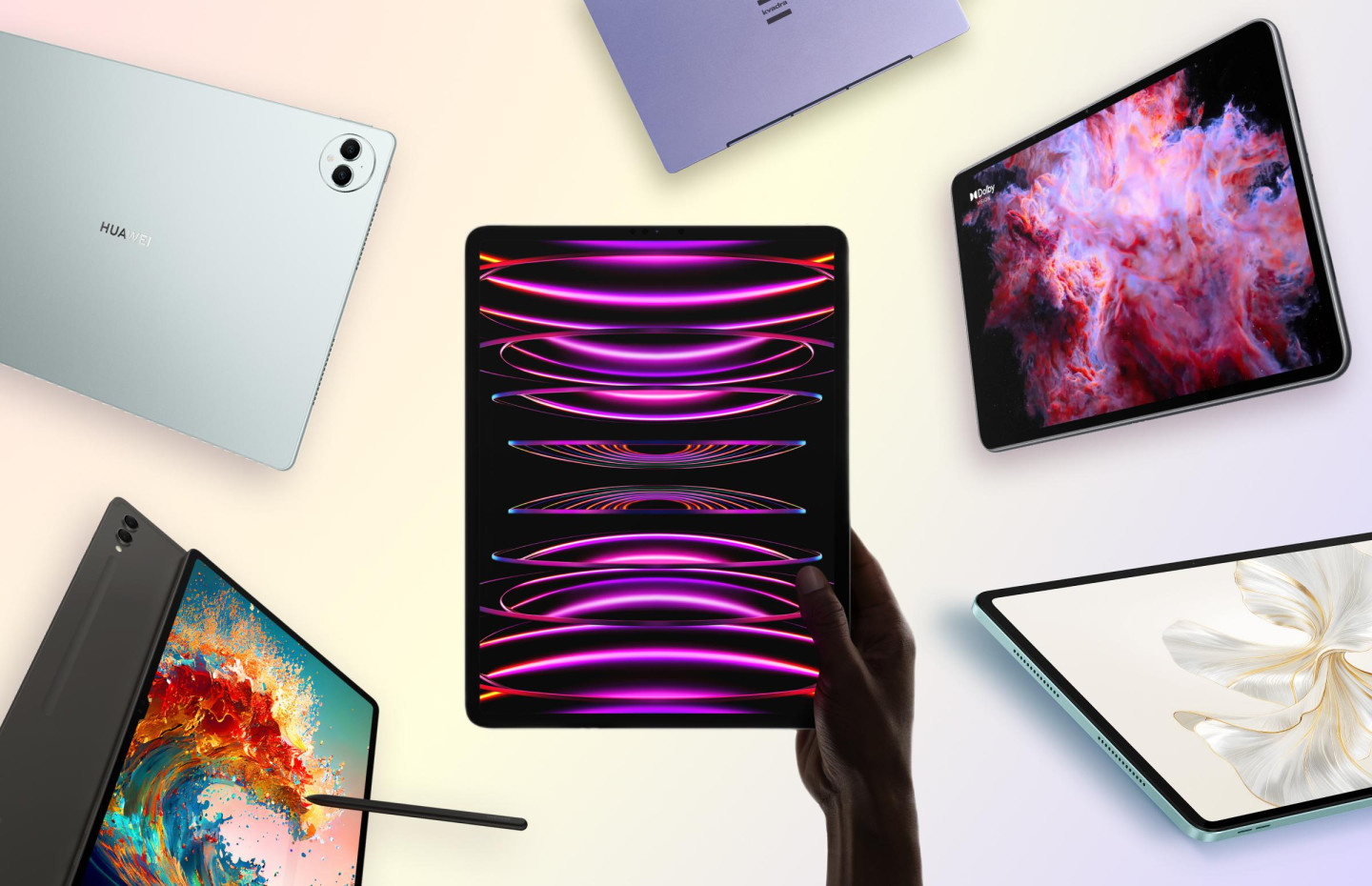
Over their nearly 15-year history, Apple tablets have become orders of magnitude closer to modern laptops, offering similar levels of performance and efficiency. Since the release of the first iPad in 2010, Apple tablets have confidently held the lead in terms of shipments in the world, becoming a symbol of reliable and versatile devices. Even when hopelessly outdated, many iPads continue to work flawlessly without needing repair – such devices, like the second-generation iPad or iPad Air 2, are almost certainly preserved by owners of the latest models.
Apple tablets, like most other mobile devices, use processors based on the ARM architecture: its features are not very suitable for complex calculations and “large” games, but they provide high thermal and energy efficiency.
Initially, older iPad models were equipped with improved processors from the iPhone with the “X” index. At one time, these chips, especially the A9X and later models, became the hallmark of the iPad line, as well as the reason for much speculation regarding the superiority of Apple tablets over laptops based on Intel and AMD.
Apple decided not to stop there and in 2021 launched the iPad Pro with desktop-level processors – the Apple M1. These chips were designed for laptops and even today, four years after first appearing in the MacBook, they offer an excellent balance of performance and efficiency, several generations ahead of direct competitors.
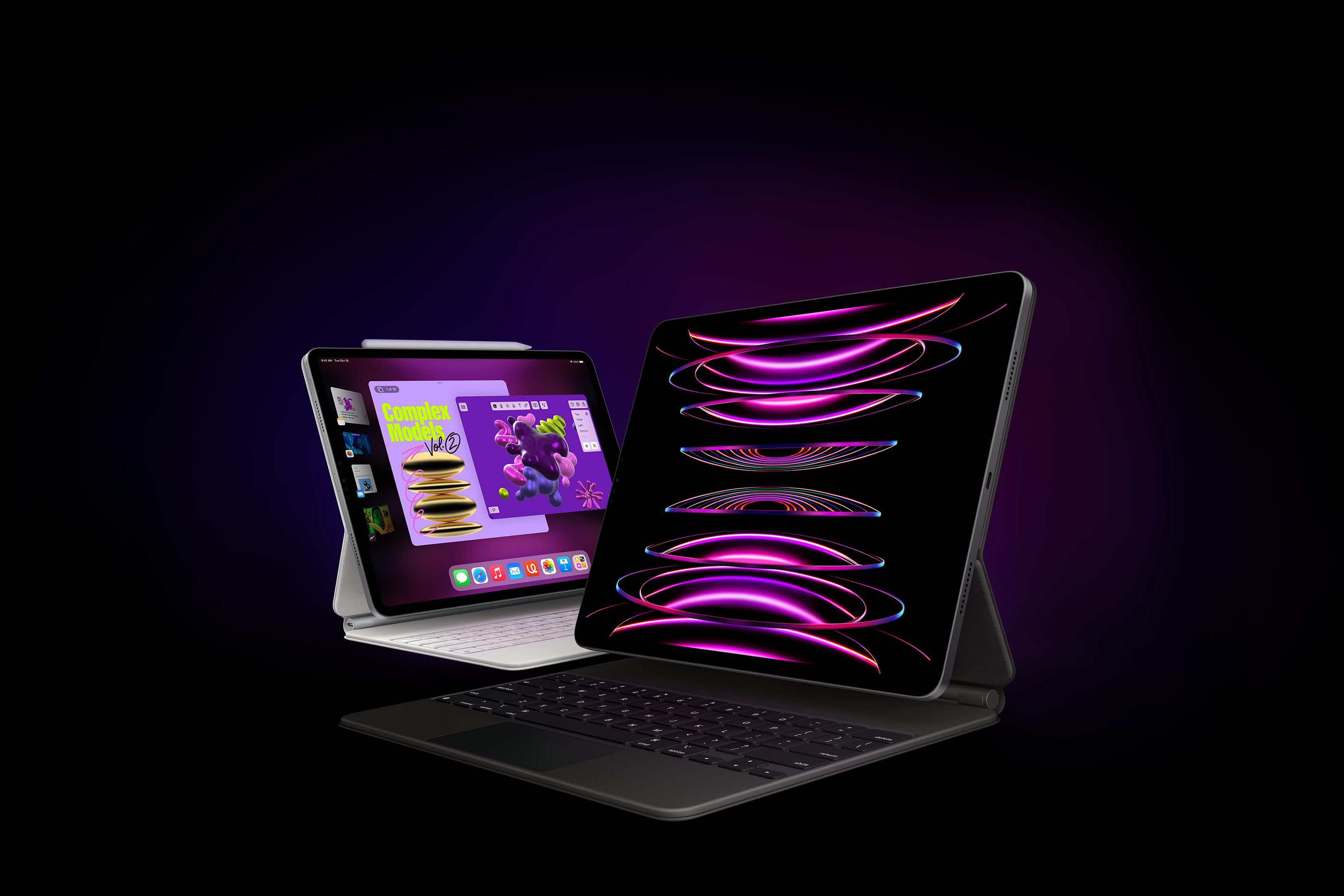
iPad Pro
What will the third generation iPad Pro be like?
The shadow of the third generation iPad Pro is already looming on the horizon, which promises to be perhaps the main update of the entire series after the 2018 redesign.
First of all, the new tablets will finally receive OLED matrices instead of the classic IPS and mini-LED, which will significantly increase the contrast and saturation of the picture. In addition, OLED displays are more energy efficient than others on the market, especially when displaying black color: in this mode, the LEDs are simply turned off.
It is likely that the iPad Pro will retain the general appearance of its predecessors: the CAD drawings leaked to the network do not confirm rumors that the camera and Face ID sensors will “move” to the side. Apple will slightly reduce the thickness of the new tablets, and the display diagonal of the older model will reach 13 inches.
They haven’t forgotten about the processors – the new iPad Pro will receive advanced 3-nanometer Apple M3 chips, featuring significantly increased performance of the graphics accelerator and neural engine, as well as hardware support for ray tracing and mesh shader technology. Considering the fact that many serious programs and games (like Death Stranding) are now being ported to iPadOS, these systems will definitely benefit from additional performance without significantly compromising energy efficiency.
Of course, the M3 cannot escape its “desktop” nature: a passive cooling system with a small area is unlikely to allow the chips to maintain peak performance for a long time, so you definitely shouldn’t expect parity with the MacBook.
The secret of Apple’s success lies in maximum control over the software and hardware of its products. Hardware does not exist separately from software, but is developed taking into account specific requests and use cases. Developers of Android devices, as a rule, are deprived of this luxury, using developments from other manufacturers, such as Qualcomm, MediaTek and others, in their products. Nevertheless, discounting this market is an extremely imprudent step, because it has something to surprise and interest us.
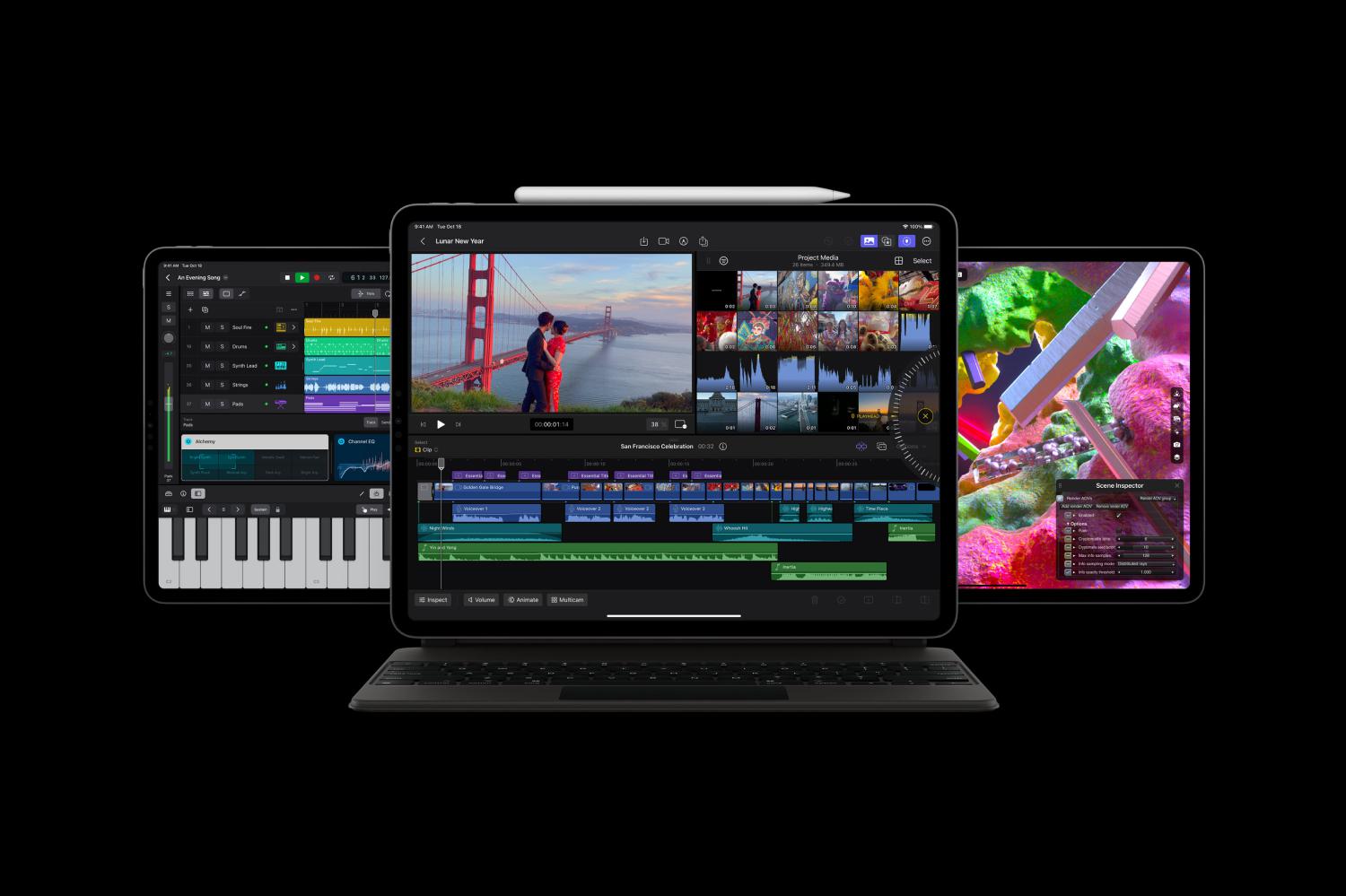
iPad Pro
If not Apple
The king of the Android tablet market, the Samsung Galaxy Tab S9 Ultra, is hard to miss. This device boasts one of the largest displays in the industry, even larger than many laptop screens.
Two steps ahead of Apple, Samsung equipped the tablet with a bright 14.6-inch AMOLED panel with an unusual 16:10 aspect ratio. It is noteworthy that the engineers moved a small cutout for front cameras and sensors to the side of the device, realizing that most of the time the Tab S9 Ultra will be used in a horizontal position.
The Tab S9 Ultra is one of the first tablets to support IP68 water and dust resistance, so you don’t have to worry about getting caught in the rain or accidentally spilling a glass of water on the device. The S Pen electronic pen also received IP68 protection, unlike the Apple Pencil that comes included, with which you can easily take handwritten notes and even control the tablet from a distance.
The heart of the entire Galaxy Tab S9 line is the eight-core Qualcomm Snapdragon 8 Gen 2 processor, introduced at the end of 2022 and already familiar to users from many Android smartphone models. It’s important to understand that Samsung is not using any overclocked or upgraded version of this processor, so you shouldn’t expect phenomenal performance from it: in terms of pure performance, the Snapdragon 8 Gen 2 only comes close to the Apple A16 from the iPhone 14 Pro line.
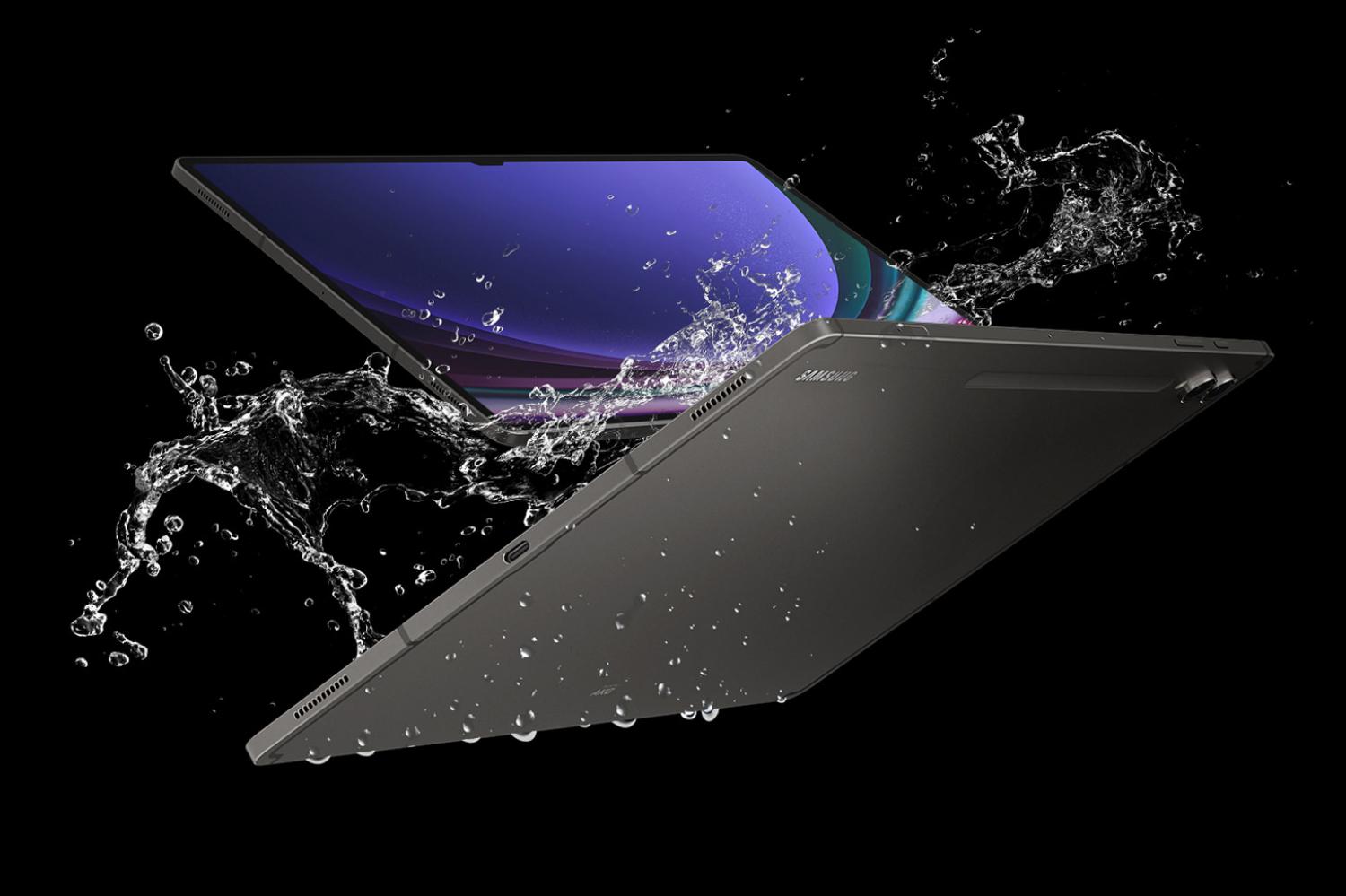
Samsung Galaxy Tab S9 Ultra
More demanding users may be interested Oppo Pad 3, which are just getting ready to enter the market. Tablets will occupy a mid-budget niche and, most likely, will be able to compete with flagship solutions only in terms of performance.
It is expected that Oppo Pad 3 will receive the advanced Qualcomm Snapdragon 8 Gen 3 platform, which in a number of parameters is comparable to the Apple A17 Pro from the iPhone 15 Pro. This chip, with good cooling, can handle any modern mobile games and heavy applications.
Almost nothing is known about the third generation of Oppo tablets, but it can be assumed that they will retain 11.6-inch IPS screens with an aspect ratio of 7:5 and a refresh rate of 144 Hz, single camera modules on the front and rear panels, as well as support branded stylus.
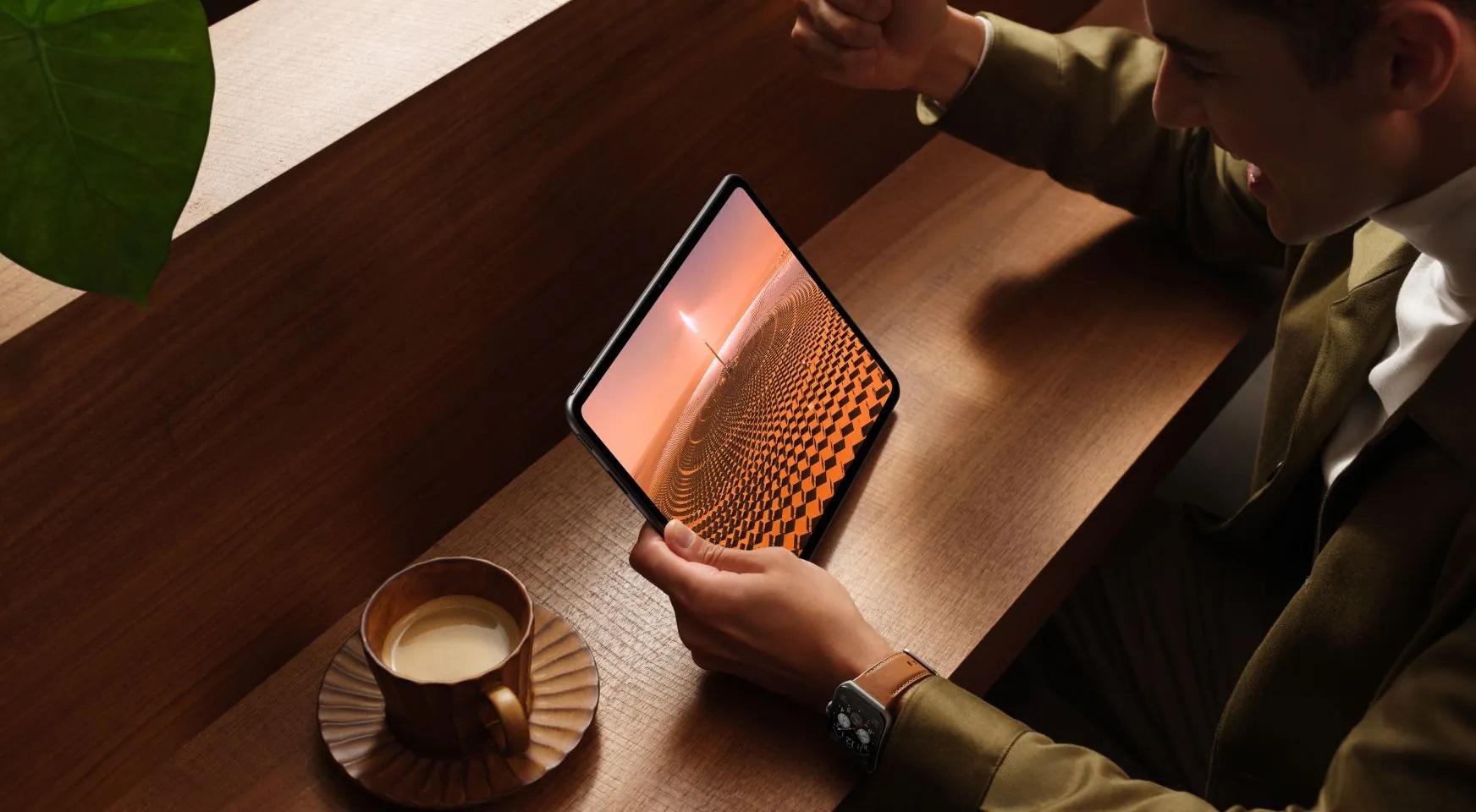
OPPO Pad
Many manufacturers are not at all trying to challenge the ultra-expensive iPad, occupying empty niches in the average budget. For example, Honor Pad 9 is in many ways similar to its more expensive counterparts, but does not shock consumers with its exorbitant cost.
The device is designed for everyday tasks and at a low price it stands out with a 12.1-inch IPS display with a refresh rate of 120 Hz, 8 GB of RAM and eight powerful speakers located on three sides. The heart of the tablet is Qualcomm Snapdragon 6 Gen 1 – an undistinguished budget chip manufactured at Samsung facilities.
Of course, everything is learned by comparison, and at a price of 20-30 thousand rubles. Honor Pad 9 is difficult to find a worthy alternative. The tablet offers some of the best characteristics in its class, which will definitely please users who do not load their devices with games and other complex programs.
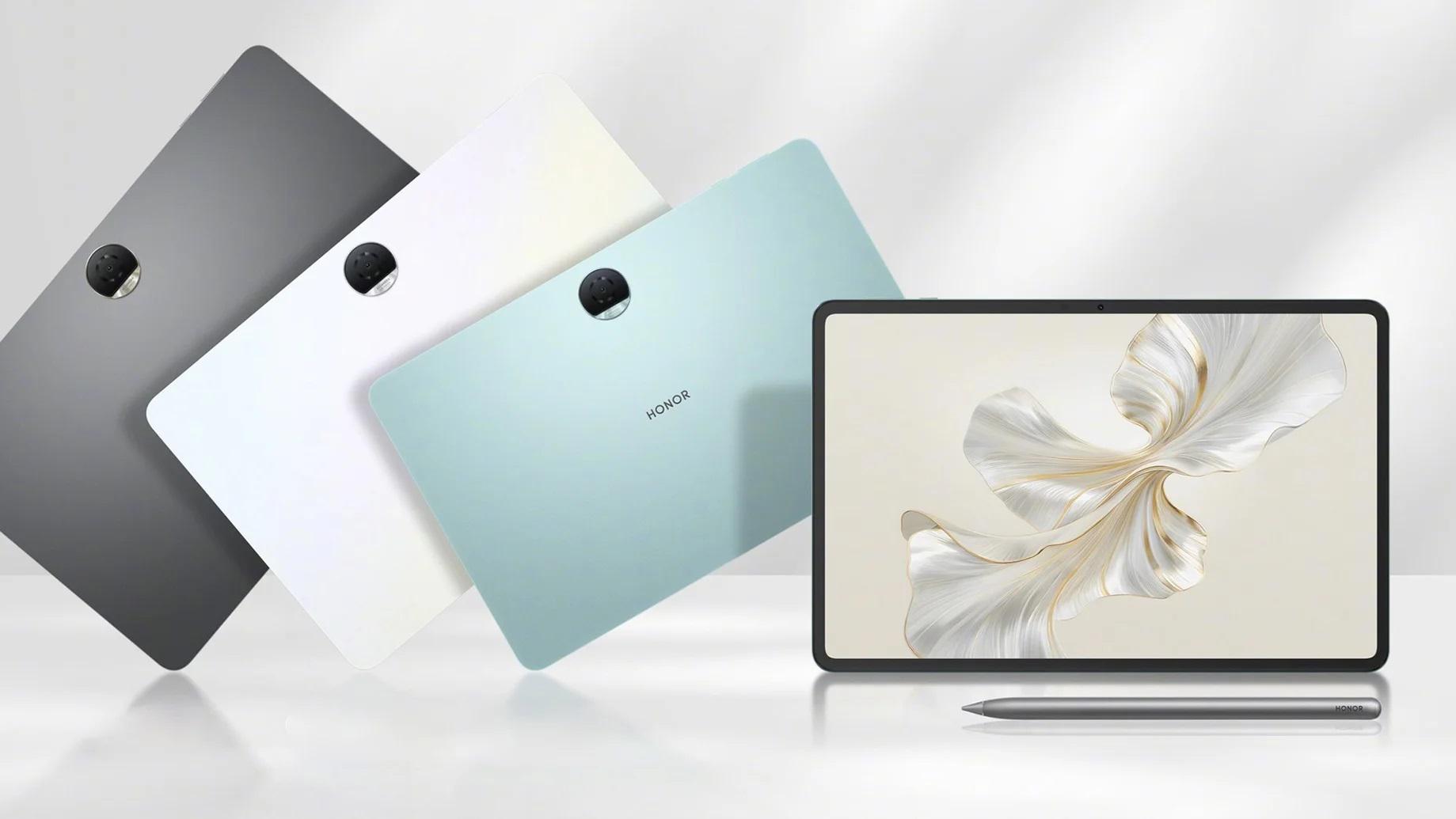
HONOR Pad 9
Huawei’s secret
Comparing current solutions from Qualcomm with Apple M chips can cause a feeling of injustice and serious imbalance in the market. However, this is just the tip of the iceberg: further research into the industry makes it clear that Samsung is not all that bad.
Huawei MatePad Pro 13.2 looks very similar to the Galaxy Tab S9 Ultra: it has a bright 13.2-inch OLED display with an aspect ratio of 3:2, two camera modules on the rear panel, as well as a characteristic cutout in the display, shifted to the side. We haven’t forgotten about the M-Pencil, which is also included with the device.
But this attractive picture should not be misleading: the MatePad Pro 13.2 has a secret that neither we nor Huawei itself are aware of…
